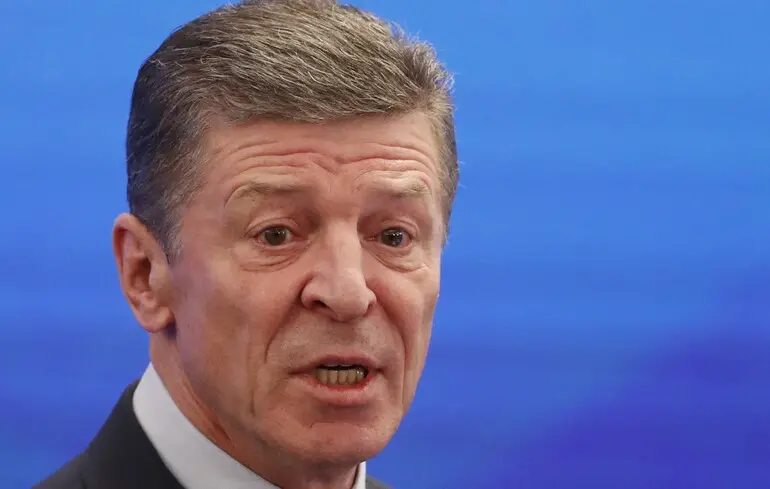Why Vladimir Putin Removed His Longtime Ally Dmitry Kozak: Analyzing Motives and Implications

The dismissal of Dmitry Kozak, one of Russian President Vladimir Putin’s closest and most influential advisers, sheds new light on the internal political dynamics of the Kremlin.
Experts interpret this move as a strategic sign of consolidating power around the continued war effort against Ukraine, despite internal disagreements and pressure from surrounding circles.
Dmitry Kozak, who previously managed critical aspects of Moscow’s policy toward Ukraine and Moldova, suddenly lost his positions after conflicts with the presidential administration, specifically with Deputy Head Sergiy Kiriienko.
According to the U.S.
Institute for the Study of War (ISW), he was either dismissed or chose to resign voluntarily.
This comes on the eve of structural changes within the Russian government — on August 29, Putin signed an order to eliminate two departments within the administration, managed by Kozak, which could signal preparations for his removal.
By September 17, reports emerged that Kozak is considering new business ventures, contradicting earlier rumors of his possible appointment as the representative for the North-West Federal District.
Political analysts believe these actions indicate Putin’s definitive decision to exclude him from government influence.
However, experts note that Kozak has been a key strategist for Kremlin policies regarding Ukraine and Moldova, and his removal is part of broader efforts to maintain control over the war and its strategic direction.
Furthermore, some speculate that Kozak may transition to the business sector, suggesting a shift of his role within Russia’s political landscape.
This development signifies Prime Minister Putin’s likely aim to strengthen his grip on the country’s leadership and focus on the ongoing conflict in Ukraine, reinforcing authoritarian rule and internal stability.
The international community continues to watch closely as Kozak’s absence from official politics could signal a new chapter in Russia’s internal power structure, with implications for the future trajectory of its foreign policy and military campaigns.

